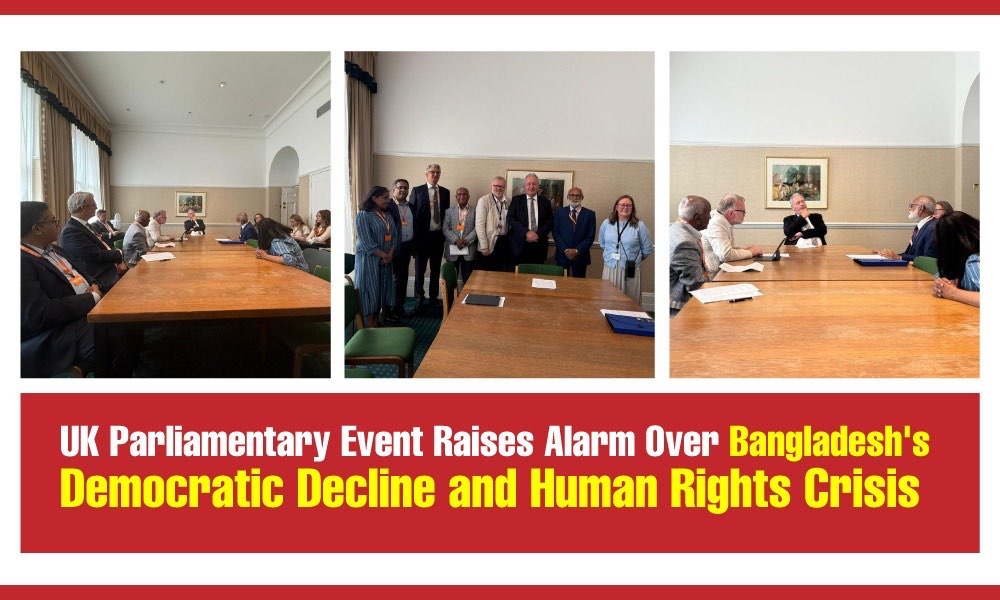1005
Published on September 22, 2013
A successful reduction in child mortality by 72 percent in the last two decades clearly shows how drastically the healthcare system has improved during these years and the present government is to be praised for its undying support in this manner. As we all know maternal and child-health has been two key policy preferences for the AL government.
1454 children used to die per day even before they could reach their fifth birthday during 1990’s. The number has dropped to 347 now.
Other than Maldives, Bangladesh has been able to outstand all the south Asian countries in this matter as the report jointly released by United Nations Children’s fund (UNICEF), the world health organization (WHO), the World Bank and the United Nations Population Division last week depicts.
The report, published as part of the UN Inter-agency Group for Child Mortality Estimation’s (UN IGME) clearly depicted that India , Pakistan, Nigeria, Congo and China as the five countries where half of over 6.5 million global yearly child deaths occur. In comparison with the larger and economically powerful countries Bangladesh’s performance clarifies how the government and people have worked together to bring this magical change in number. Along with the efforts of the people, the current Awami League government is sure to be praised.
India has the highest number of under-five deaths in the world, with 1.4 million under-five deaths in 2012.
Global rate of under five mortality came down from 90 to 48 (per 1000 live births) during the last 22 years (1990-2012).
Bangladesh has made a significant change by reducing the number from 144 to 41 during the same period. The child deaths dropped from over .5 million a year (1990) to .12 million in 2012.
The key millennium development goal (MDG-4) of reducing the child mortality rate by one third (from 1990 each year) is already attained by Bangladesh before the target year of 2015. However, UNICEF encoded in its child survival progress report 2013 that if the current situation continues then the MDG-4 goal would be impossible to attain before the year 2028. Bangladesh has made the impossible possible in terms of that.
“The cost of inaction is alarmingly high — as many as 35 million more children could die mostly from preventable causes between 2015 and 2028, if the global community does not take immediate action to accelerate progress,”-from the UNICEF report, published earlier this month.
The report, giving an example of Bangladesh, included “In Bangladesh, under-five mortality rate decreased by 72 percent from 1990 to 2012, mainly thanks to expanding immunisation for children, delivering oral rehydration therapy to treat diarrhea, and providing Vitamin A supplementation.” Needless to say, present government has been providing all the general medicines alongside with all the modern healthcare facilities from the route level to ensure everyone gets the best treatment. Awami League promised better health care and they provided it flawlessly during the last five years.














